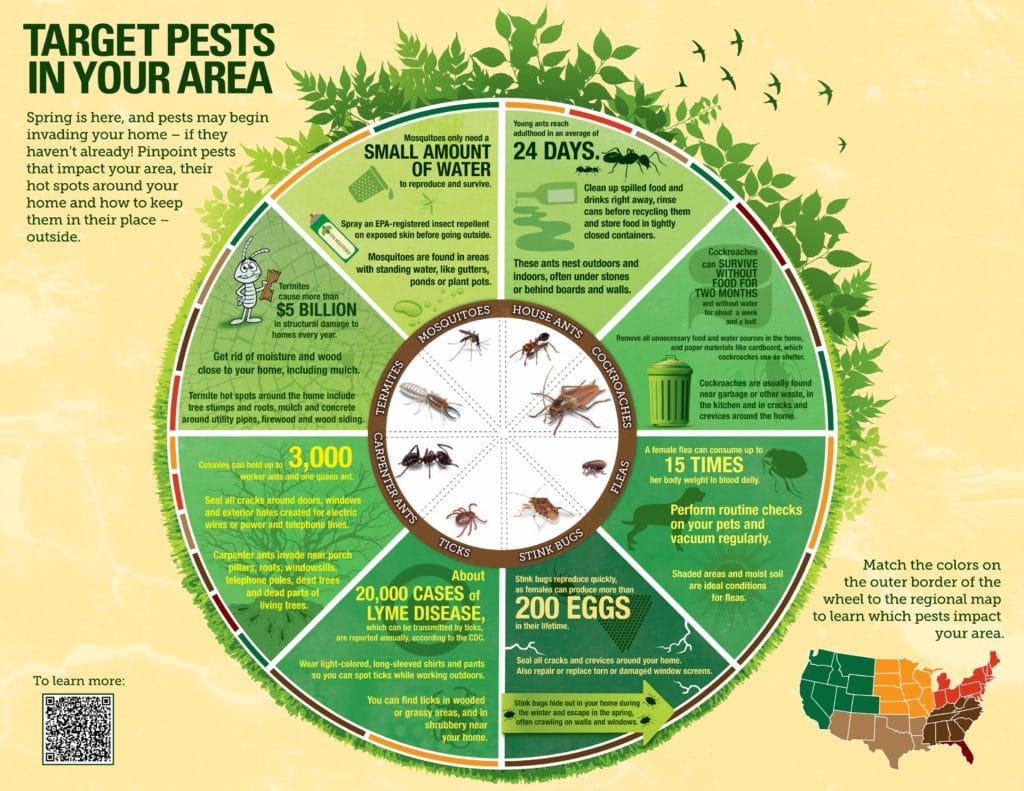You may think your home is secure, however what happens if unseen intruders were silently causing damages right under your nose? As you set about your everyday regimens, have you ever saw subtle changes yet combed them off as small hassles? Be prepared to reveal the covert keys termites may be nurturing in your house. From the faintest of sounds to the subtlest of indicators, understanding the detailed guide on typical indicators might save you from a costly headache.
Visual Indicators of Termite Infestation
If you discover tiny stacks of what appears like sawdust near wood structures in your home, you might be seeing the first aesthetic indicators of a termite infestation. pointe pest control, albany, or , typically referred to as the 'silent destroyers,' can wreak havoc on your residential or commercial property without you also recognizing it. These tiny piles are actually termite droppings, called frass, which are a by-product of their tunneling activities within the wood.
As you inspect your home for indications of termites, pay attention to any mud tubes running along the wall surfaces or structure. These tubes function as safety tunnels for termites to travel between their nest and a food resource without drying. In addition, keep an eye out for any type of bubbling or peeling off paint, as this could show moisture buildup triggered by termite task within the walls.
To further verify a termite infestation, look for hollow-sounding timber when tapped and look for any kind of thrown out wings near windowsills or door structures. Taking timely activity upon seeing these visual indicators can aid stop substantial damage to your home.
Auditory Clues to Watch For
When paying attention for auditory hints of termite task in your home, take notice of any pale clicking or touching noises coming from the wall surfaces or wooden frameworks. These sounds are commonly an indication of termites at work within the timber, biting away and triggering damages. While these noises may be refined and very easy to miss, particularly throughout the day when there's even more ambient sound, attempt paying attention during the quiet of the night to spot any type of uncommon sounds that could suggest termite existence.
If you hear these pale sounds, it's vital to explore further to identify the source and degree of the prospective termite infestation. By catching the problem early, you can prevent substantial damage and pricey repair work down the line. Keep in mind that termites are little insects, yet they can develop loud disturbances within the wooden frameworks of your home. Stay alert and act immediately if you presume a termite infestation based on these acoustic hints.
Structural Changes Caused by Termites
Listen carefully for any signs of hollow-sounding or deteriorated timber in your house, as these structural adjustments might indicate a termite infestation. Termites feed on timber from the inside out, leaving a slim veneer of timber or paint externally while hollowing out the inside. This can cause wood that appears hollow when tapped or really feels soft and damaged.
In addition, you may notice bending or drooping floorings, doors that no longer close correctly, or windows that are all of a sudden hard to open. These changes happen as termites harm the structural integrity of wooden aspects in your home. Keep an eye out for tiny holes in timber, as these could be termite leave points where they push out fecal pellets.
If you observe any of these architectural adjustments, it's essential to act quickly and look for expert help to analyze and address a possible termite invasion prior to it triggers further damage to your home.
Final thought
As you maintain a watchful eye for indicators of termites in your home, remember that early detection is vital to avoid pricey damage.
Much like an attentive guard shielding a fortress from invaders, your understanding and fast action can protect your home from the devastating pressures of these small pests.
Stay alert and proactive to guarantee your home stays safe and termite-free.
